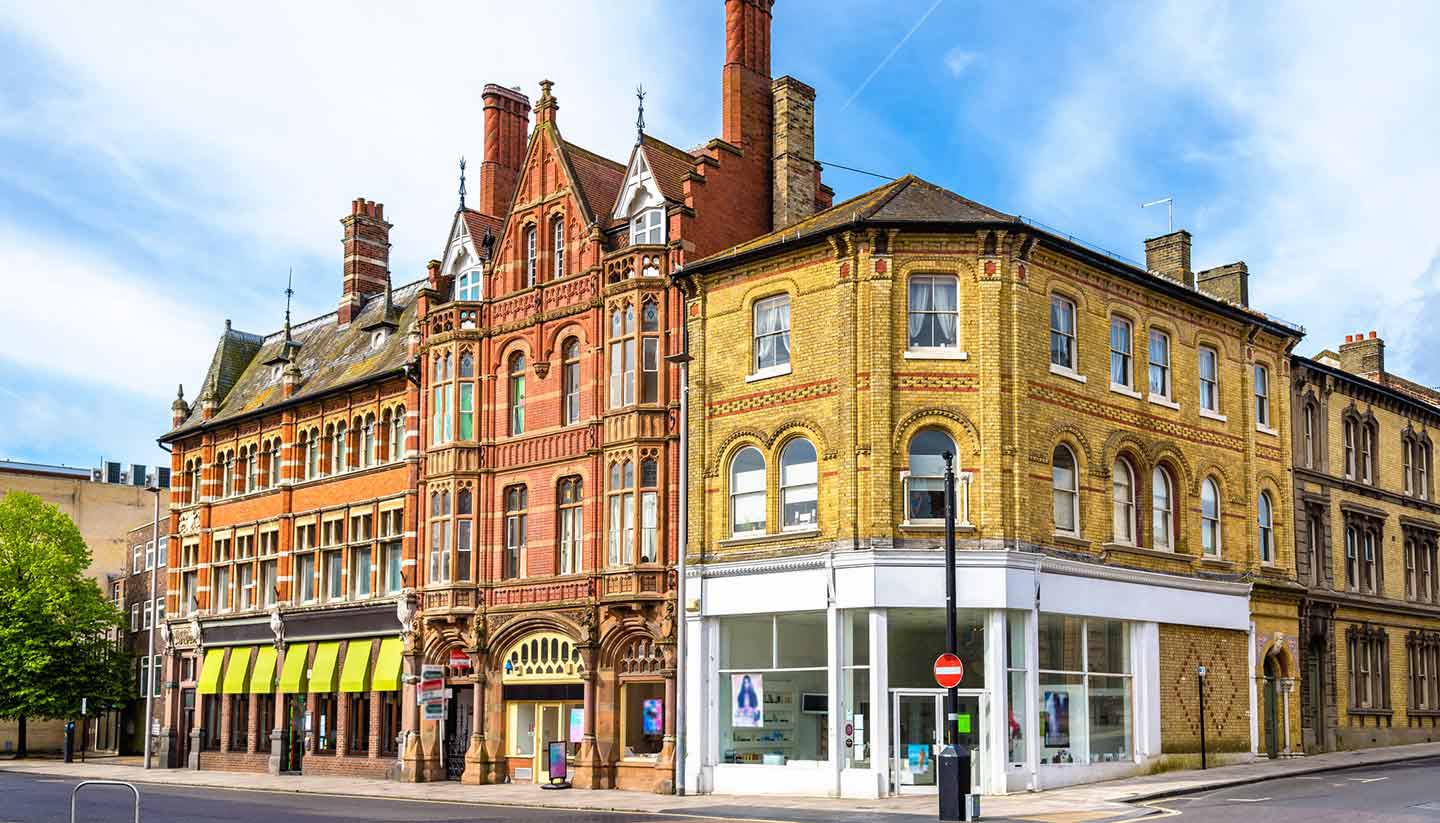Southampton History
The starting point for some of the world’s most famous (and in some cases ill-fated) voyages, Southampton is a maritime city and always has been. It began life as a small fishing settlement in the Stone Age and was inhabited by Bronze Age tribesmen before becoming a hub for the Belgae tribe during the Iron Age.
With the Roman conquest came expansion and the town became known as Clausentum. The Saxons that succeeded the Romans also added their buildings to the town, calling it Hamtun. After a brief period of decline, thanks to the marauding Vikings, the Norman Conquest turned Southampton into England’s major port.
Successive kings added to Southampton’s prestige, with Henry II erecting Southampton Castle and King John turning the city into a major centre for trade. It wasn’t all smooth sailing however. In 1338, the town was sacked by the French pirate Grimaldi and a decade later, and Southampton was one of the first places to succumb to the Black Death.
Nevertheless, by the Tudor period, Southampton had once more re-established itself, this time as a centre for lead and tin export as well as a base for the buccaneers who ravaged Spanish shipping in the Channel. It also became a hub for transatlantic traffic, with the Mayflower departing from the port in 1623. Other colonists followed, heading to the Caribbean, South Africa and Australia among others.
Under the Georgians, Southampton became a spa town as well as a port, although it wasn’t left untouched by the Industrial Revolution and became a hub for shipbuilding. The Victorians cemented its role as the UK’s premier port, opening the first major dock in 1842. Linked to the rest of the country by rail, it became the main point of departure for emigrants heading to the New World, including those on board the Titanic in 1912.
Badly damaged by the Blitz in 1940, Southampton was the main point of embarkation for the D-Day Landings, repeating its WWI role. Today, the city still sends thousands heading to sunnier climes through its docks, only now, they go aboard comfortable cruise ships.
Did you know?
• God’s House Tower became the UK’s first dedicated artillery tower when it was built in 1417.
• Canal Walk, formerly known as The Ditches, was once a stream.
• When the Mayflower left Southampton in 1620, it was accompanied by a second ship called the Speedwell. Unfortunately, the Speedwell sprang a leak and had to dock at Dartmouth.


